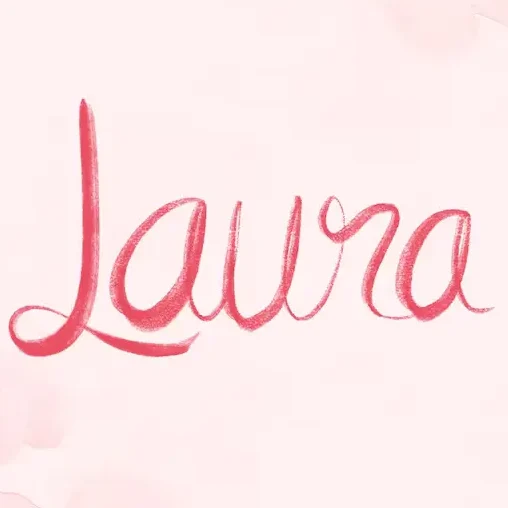In 2012, the American dystopian fiction writer Hugh Howey entered the rarefied ecosystem of blockbusting authors when his book Wool began selling in numbers that netted him a monthly salary of $150,000. More remarkable still was that this modest compendium, comprising a short story and four novellas, was a self-published title available only in electronic form.
In an industry in which 90 per cent of books sell fewer than 2000 copies, the benefits of Howey’s decision not to sell his words to an established company – a Hodder & Stoughton, say, or a MacMillan – were two-fold: he made far more money on each sale while also retaining control of his own copyright. Last year, under the title Silo, Wool became a 10-part series on Apple TV. A second season is in the pipeline. Talk about making your own weather.
“I laugh at the people who say writers can’t afford to put a professional book together,” he told the Writers & Artists website, in 2013. “I spent a lot more money playing video games than I do investing in my work. My wife spent more money gardening. You have to look at this as a hobby, but one with the potential to pay you back. So, yeah, save up and invest in your work. Pay yourself a dollar for every 500 words you write. Set that aside and you’ll have enough to publish your book when you’re done with it.”
More than a decade later, it has never been easier to publish your own work. By my estimation, there are about 10 major self-publishing platforms, of which Amazon, who issue titles in both electronic and printed form, are the leading player. Other companies include Apple, Kindle Direct Publishing, Lulu and Smashwords. All you do is send in your manuscript (formatted to technical specifications and sometimes, but not always, edited and proofread by freelance professionals).
In other words, in the 21st century, aspiring authors no longer need to write a 10,000-word proposal in order to whet the appetite of a commissioning editor at a traditional publishing house. According to Howey, increased opportunities in the independent sector mean that “many successful self-published authors have moved away from traditional publishers to go it on their own. Many don’t even try that route. [Increasingly] publishers will have to compete for manuscripts by offering better services, like monthly payments, better royalties, lower e-book prices, and a myriad of things they’d prefer not to do.”

Laura Adams is a tech enthusiast residing in the UK. Her articles cover the latest technological innovations, from AI to consumer gadgets, providing readers with a glimpse into the future of technology.







